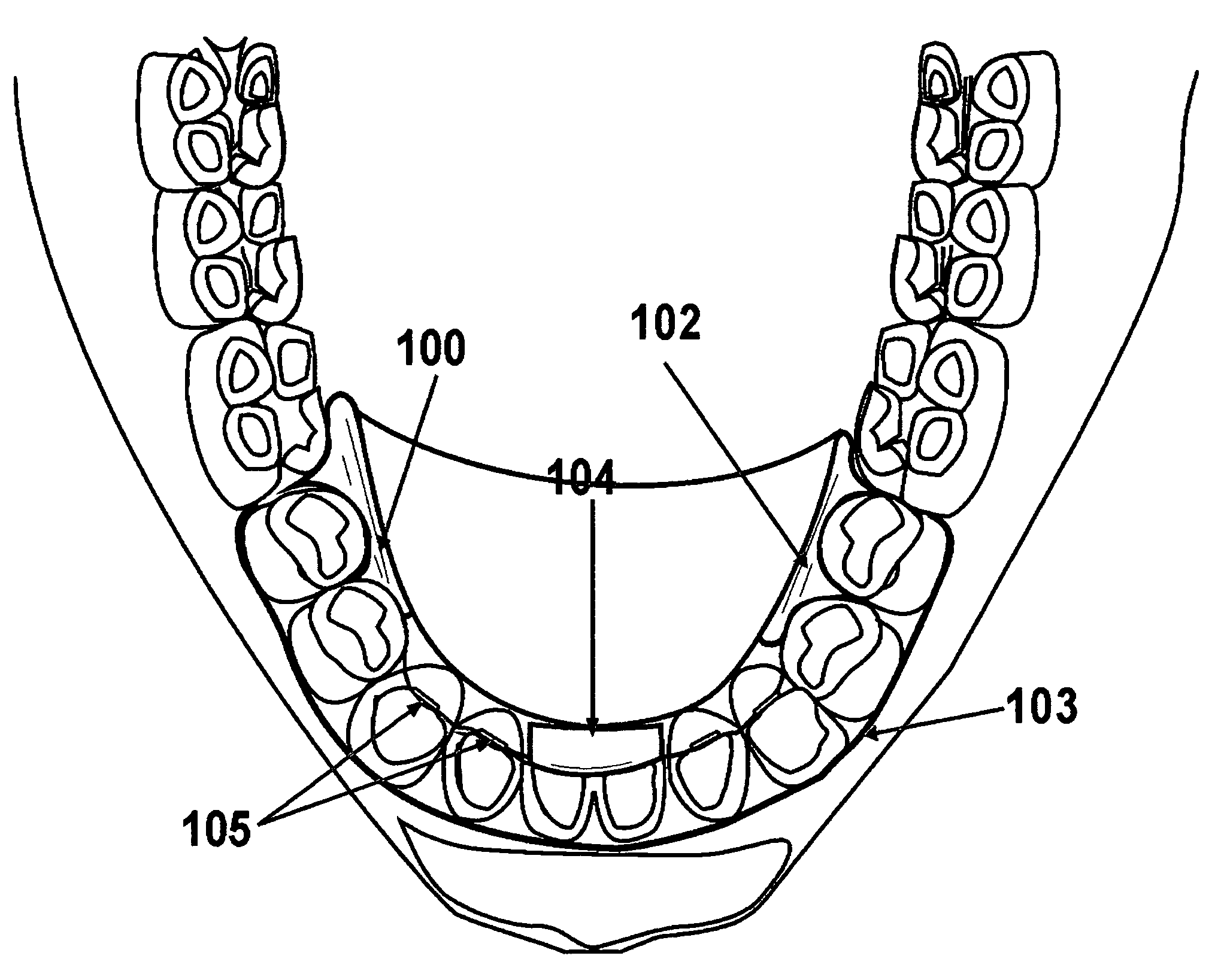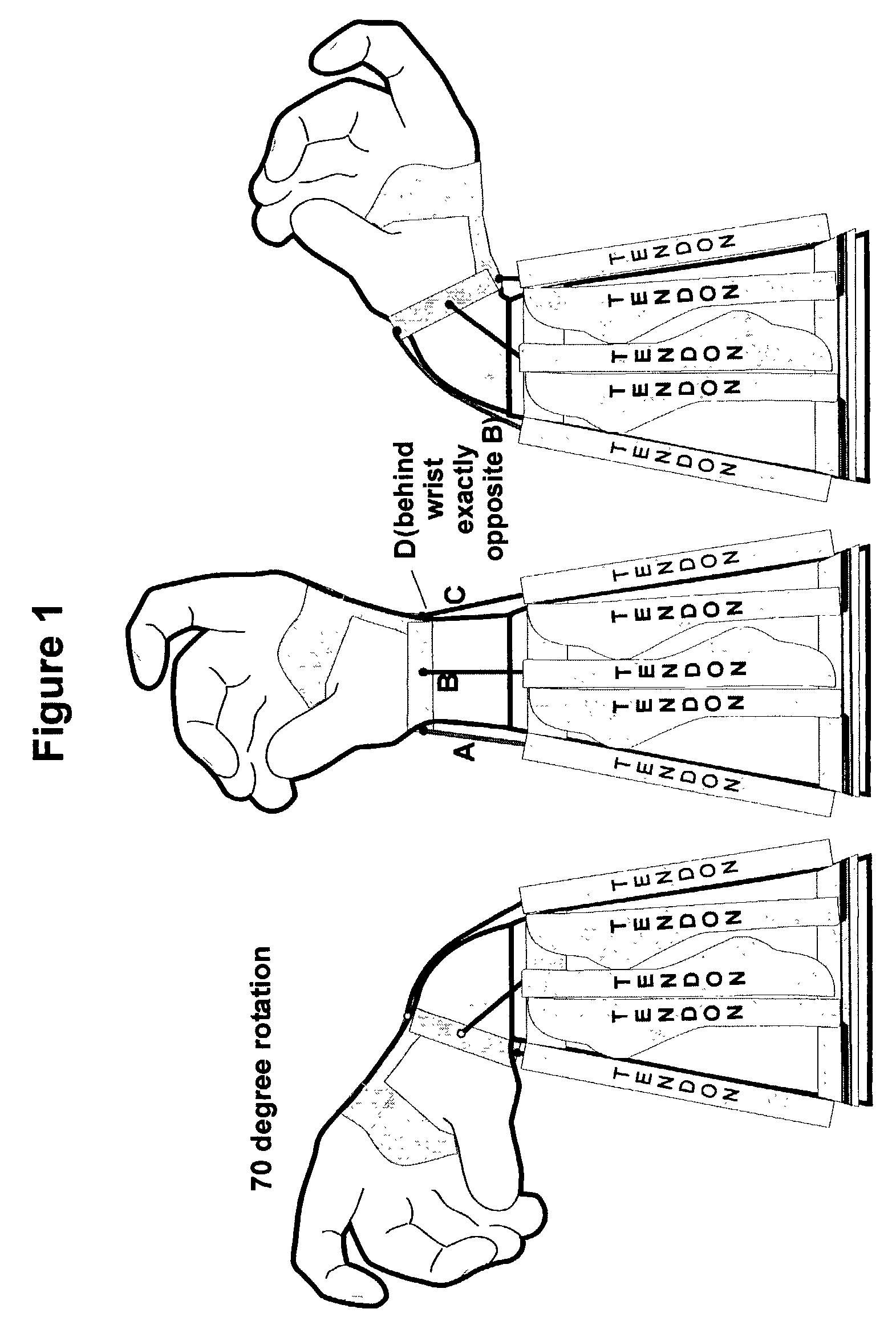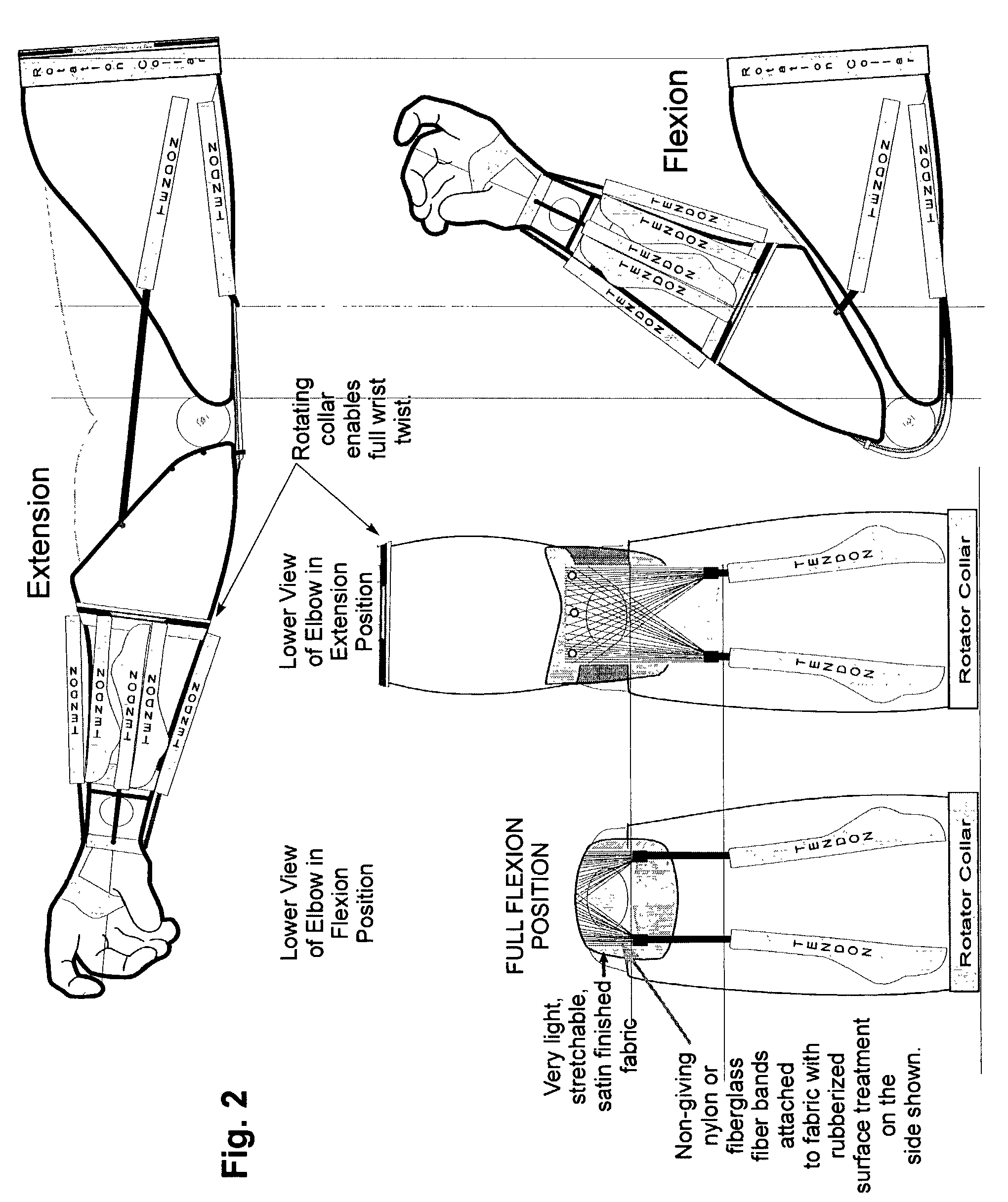Assistive clothing
a technology for wheelchairs and wheelchairs, applied in the field of wheelchairs, can solve the problems of high rejection rate, difficult use, and paraplegics can only crudely control a powered wheelchair, and achieve the effects of convenient and delicate control, rapid and inexpensive transportation, and rapid adaptability
- Summary
- Abstract
- Description
- Claims
- Application Information
AI Technical Summary
Benefits of technology
Problems solved by technology
Method used
Image
Examples
case b
[0524] If this is in the most anterior portion of the positioning swing, this mile marker or degree of completion identifiable position in the swing, while a very small portion of the swing, is vulnerable to kicking something even though it is outside (past) the landing zone. As soon as this condition is identified (and that can be made even earlier by adjusting the sensor angle if the equipment is too slow to respond) it's remedy can be begun immediately by one of several means including:[0525]1. Switching to a script that purposely has no overswing for at least this cycle. (Incidentally, many walking scripts will have no overswing by their nature such as very steep inclines, steps and higher stepping scripts like those walking through high grass, etc.) Or[0526]2. Negatively adjusting the frame demanded position of the knee and ankle (intra-script terrain adjustments). This can be done by creating adjustment variables that will be added (positively or negatively) to the values dema...
case c
[0541] The impediment appears as scanned to be before the scan reaches the landing zone: Note that the length of the effective landing zone is calculable by scanning the script frames. If the user is climbing steps it will begin with the frame where the square wave first indicated the step and end with the location of the most anterior portion of the foot comes into contact.[0542]Sub Case 1: There is a square wave (this is a step which is optionally verifiable by a) the script if the user is running a step script and b) using step recognition of the anterior scans (steps can be recognized ahead by the distance sensors as the swinging foot scans the area for up to several feet ahead of the user such that the program knows when the next stride will encounter a step) or c) a square wave was sensed in the current frame or d) all 3.[0543]This is a step that is a little higher than anticipated. Thus the true landing zone is being identified incorrectly as an impediment. Raise the foot eit...
case d
[0546] Negative Impediments (Depressions in the Terrain):
[0547]When the landing zone is lower than anticipated[0548]Also do lesser value where you switch to a less high-stepping script if it has occurred for 1 or 2 previous cycles[0549]Assumed: Sensor 1 returns a closer value than recorded for the frame.
[0550]Trend Watching Controls: In many cases above, the script may have been switched to accommodate terrain. This goes both ways as a smoother terrain with no impediments can automatically switch to a less high stepping script. This can be done either immediately when a new cycle recognizes a larger than needed clear area or the program can require that this condition continue for several cycles before switching back to a less forgiving low stepping script to reduce the number of changes.
[0551]Special provisions for climbing steps. When the sensors pick up a square wave indicating a step, the program can adjust foot position forward or backward based on the position of the square wa...
PUM
 Login to View More
Login to View More Abstract
Description
Claims
Application Information
 Login to View More
Login to View More - R&D
- Intellectual Property
- Life Sciences
- Materials
- Tech Scout
- Unparalleled Data Quality
- Higher Quality Content
- 60% Fewer Hallucinations
Browse by: Latest US Patents, China's latest patents, Technical Efficacy Thesaurus, Application Domain, Technology Topic, Popular Technical Reports.
© 2025 PatSnap. All rights reserved.Legal|Privacy policy|Modern Slavery Act Transparency Statement|Sitemap|About US| Contact US: help@patsnap.com



